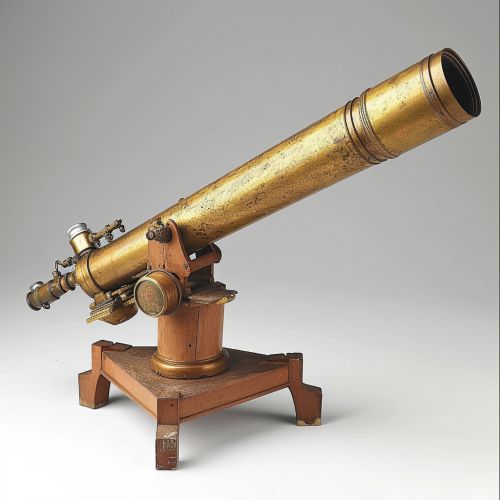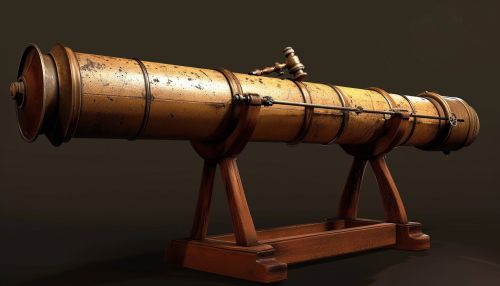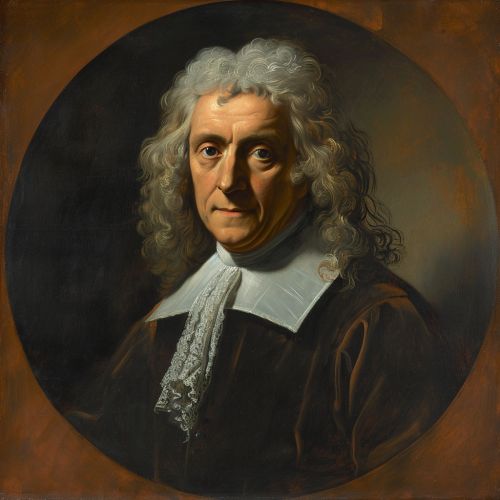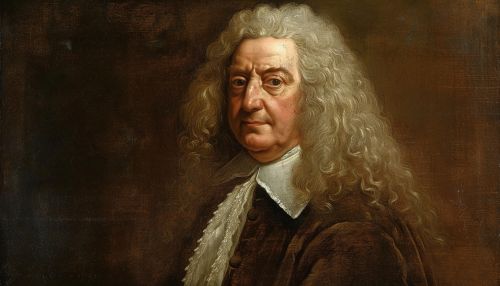17th Century Scientists Discussion
Early 17th Century
The 17th century was a period of great scientific discovery, with many notable scientists making significant contributions to various fields. This period is often referred to as the Scientific Revolution, a time when the foundations of modern science were laid down.
One of the most influential scientists of this period was Galileo Galilei. Galileo, an Italian astronomer, physicist, and engineer, is often referred to as the "father of observational astronomy", the "father of modern physics", and the "father of the scientific method". His contributions to observational astronomy include the telescopic confirmation of the phases of Venus, the discovery of the four largest satellites of Jupiter, and the observation and analysis of sunspots.


Another significant figure of the early 17th century was Johannes Kepler, a German astronomer and mathematician. Kepler is best known for his laws of planetary motion, which provided one of the foundations for Isaac Newton's theory of universal gravitation.
Mid 17th Century
The mid 17th century saw the emergence of several other influential scientists. Among them was Blaise Pascal, a French mathematician, physicist, and religious philosopher. Pascal made significant contributions to the study of fluids, and clarified the concepts of pressure and vacuum by generalizing the work of Evangelista Torricelli. Pascal also wrote in defense of the scientific method.
Another notable scientist of this period was Robert Boyle, an Anglo-Irish natural philosopher, chemist, physicist, and inventor. Boyle is largely regarded today as the first modern chemist, and therefore one of the founders of modern chemistry, and one of the pioneers of the modern experimental scientific method. He is best known for Boyle's law, which describes the inversely proportional relationship between the absolute pressure and volume of a gas, if the temperature is kept constant within a closed system.
Late 17th Century
The late 17th century was dominated by the work of Sir Isaac Newton, an English mathematician, physicist, astronomer, theologian, and author. Newton's Principia Mathematica, first published in 1687, laid the groundwork for classical mechanics; his laws of motion and universal gravitation, which dominated scientists' view of the physical universe for the next three centuries.


Another significant scientist of the late 17th century was Antonie van Leeuwenhoek, a Dutch businessman and scientist in the Golden Age of Dutch science and technology. He is best known for his work on the development and improvement of the microscope and also for his contributions towards the establishment of microbiology.
